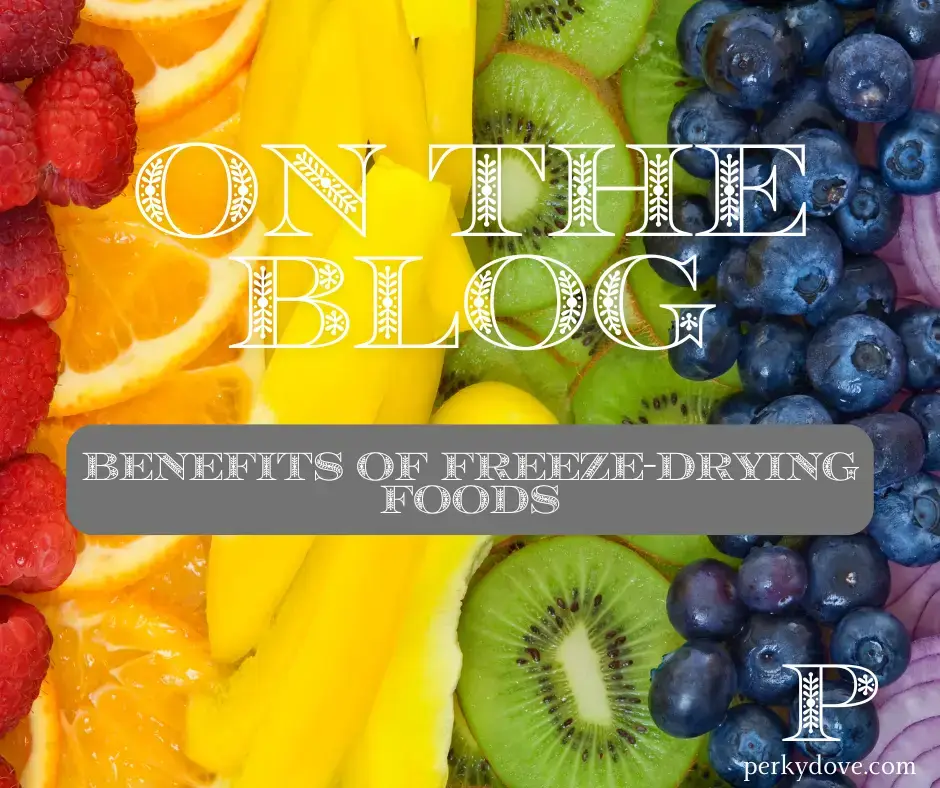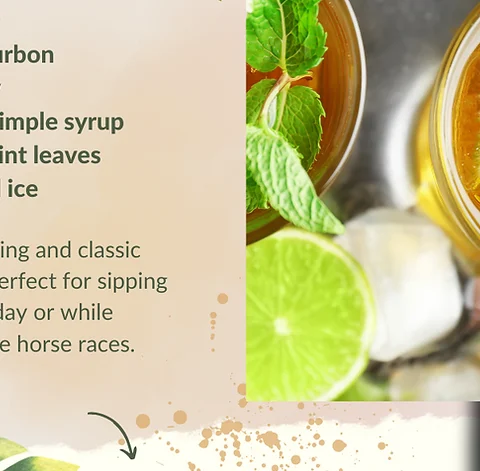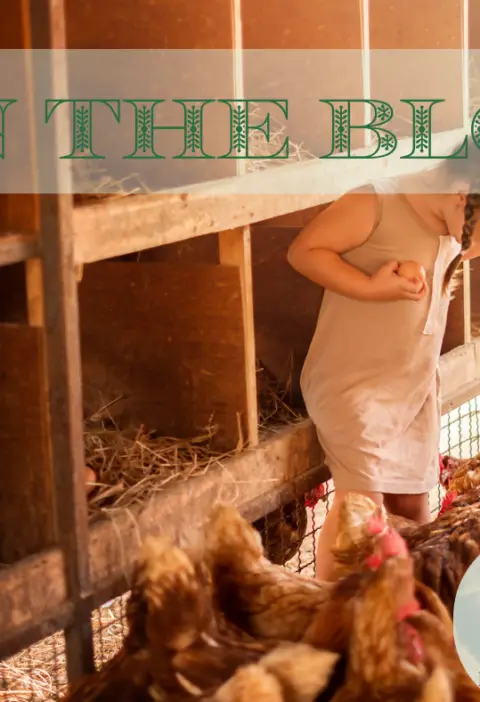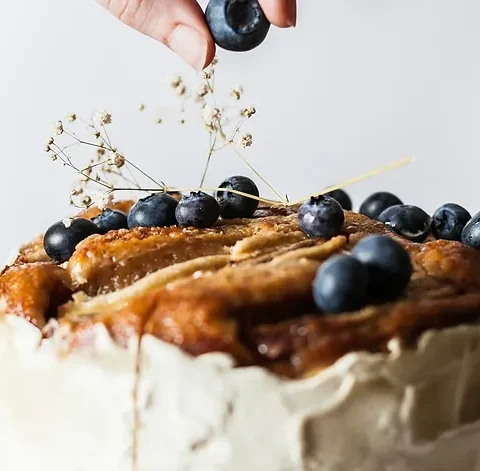In today’s world, where food preservation is more important than ever, freeze-drying has become an essential skill for those who want to extend the shelf life of their foods while maintaining nutritional value. Whether you’re preparing for emergency situations, looking to reduce food waste, or simply interested in preserving your garden harvest, freeze-drying offers a reliable solution. This guide will walk you through the process of freeze-drying foods at home, from the basics to advanced tips.
/*! elementor – v3.23.0 – 05-08-2024 */
.elementor-widget-image{text-align:center}.elementor-widget-image a{display:inline-block}.elementor-widget-image a img[src$=”.svg”]{width:48px}.elementor-widget-image img{vertical-align:middle;display:inline-block}
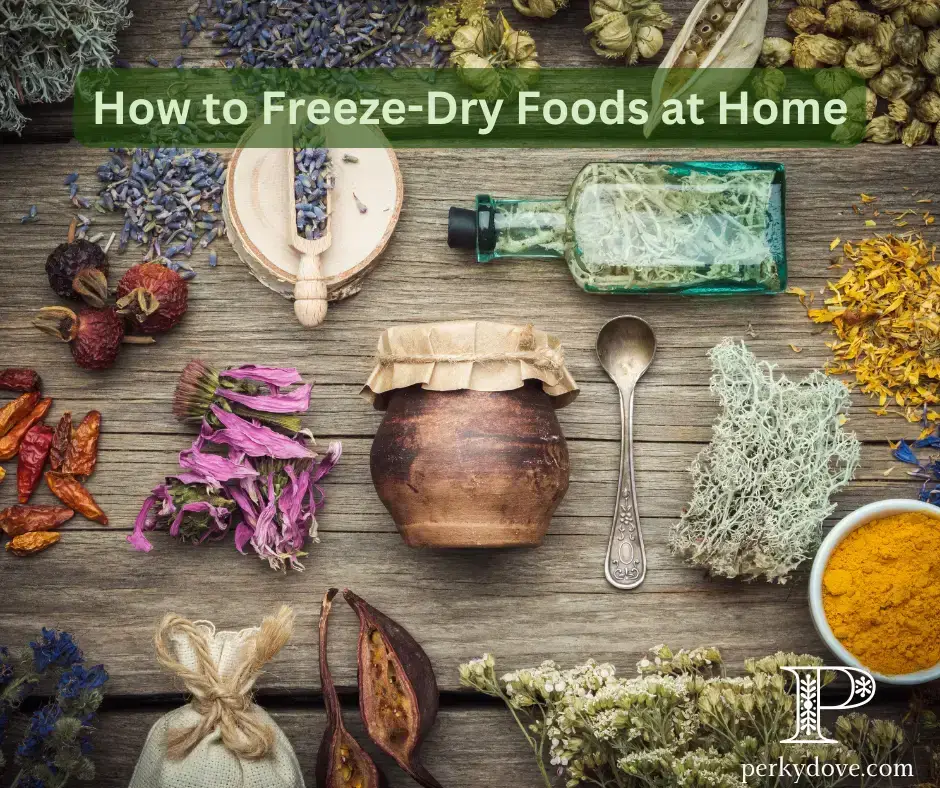
What is Freeze-Drying?
Freeze-drying, also known as lyophilization, is a method of food preservation that removes moisture from food by first freezing it and then reducing the surrounding pressure to allow the frozen water in the food to sublimate directly from the solid phase to the gas phase. This process not only extends the shelf life of food but also preserves its texture, flavor, and nutritional content. Historically, freeze-drying has been used for centuries, but modern technology has made it more accessible for home use.
Benefits of Freeze-Drying Foods
- Extended Shelf Life: Freeze-dried foods can last for years, making them an excellent choice for long-term food storage.
- Nutrient Retention: Unlike other preservation methods like canning or dehydrating, freeze-drying retains most of the food’s nutritional content, ensuring that you have healthy options available when needed.
- Portability: Freeze-dried foods are lightweight and easy to store, making them ideal for camping, hiking, or adding to emergency kits.
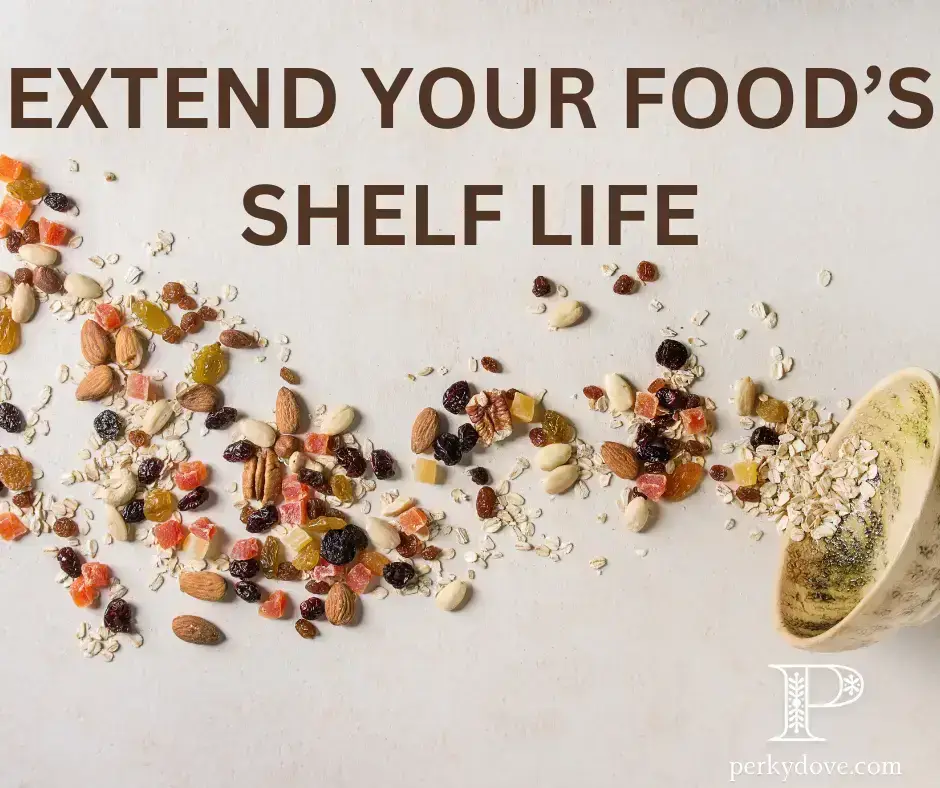
How to Freeze-Dry Foods at Home
1. Choosing the Right Foods
Not all foods are created equal when it comes to freeze-drying. The best candidates for freeze-drying include:
- Fruits: Strawberries, bananas, apples, and pineapples are popular choices.
- Vegetables: Peppers, zucchini, carrots, and green beans freeze-dry well.
- Meats: Cooked meats like chicken, beef, and turkey can be freeze-dried for long-term storage.
- Dairy: Cheese and yogurt can be freeze-dried but may require some trial and error.
Foods to Avoid: Foods with high fat content, such as butter or avocado, and foods with high sugar content, like candy, don’t freeze-dry well and can result in poor texture and reduced shelf life.
2. Equipment Needed
- Freeze Dryer: Investing in a home freeze dryer is the first step. There are several models available, each with different capacities and features. Popular brands like Harvest Right offer reliable options for home use.
- Vacuum Sealer: A vacuum sealer is essential for packaging freeze-dried foods to prevent moisture from re-entering.
- Mylar Bags & Oxygen Absorbers: These are used for long-term storage, ensuring your freeze-dried foods remain fresh for years.
FRESKO Upgraded , Hands-Free Food Vacuum Sealer without Flipping the Lid, Easy-to-Use Touch Operation with Visual Progress Bar, ETL Certified
5 Stackable Stainless Steel Trays Jerky Dryer with Digital Adjustable Timer & Temperature Control - Electric Food Preserver for Fruits, Veggies, Meats & Do...
3. Step-by-Step Process
- Preparation: Start by washing and cutting your fruits and vegetables into uniform sizes. If you’re freeze-drying meats, cook them thoroughly first.
- Freeze-Drying Process: Load your prepared foods into the freeze dryer trays. Set the appropriate cycle according to the machine’s instructions. The freeze-drying process can take anywhere from 24 to 48 hours, depending on the food type and moisture content.
- Packaging: Once the freeze-drying process is complete, immediately package the food in Mylar bags with oxygen absorbers and seal them using a vacuum sealer. This prevents moisture and air from compromising the quality of the food.
Common Mistakes to Avoid
- Overloading the Freeze Dryer: It might be tempting to fill your freeze dryer to the brim, but overloading it can result in uneven drying, leading to spoilage.
- Improper Storage: Once the freeze-drying process is complete, ensure the food is stored in airtight containers to prevent moisture reabsorption, which can spoil the food.
- Skipping Pre-Treatment: Some foods, like vegetables, may require blanching before freeze-drying to preserve color and texture.
Tips for Success
- Start Small: If you’re new to freeze-drying, start with easy-to-dry foods like fruits before moving on to more complex items like meats or complete meals.
- Label Everything: Clearly label all your packages with the date and contents. This will help you keep track of your inventory and ensure that older items are used first.
- Rotate Stock: Use a first-in, first-out method to keep your freeze-dried foods fresh and avoid waste.
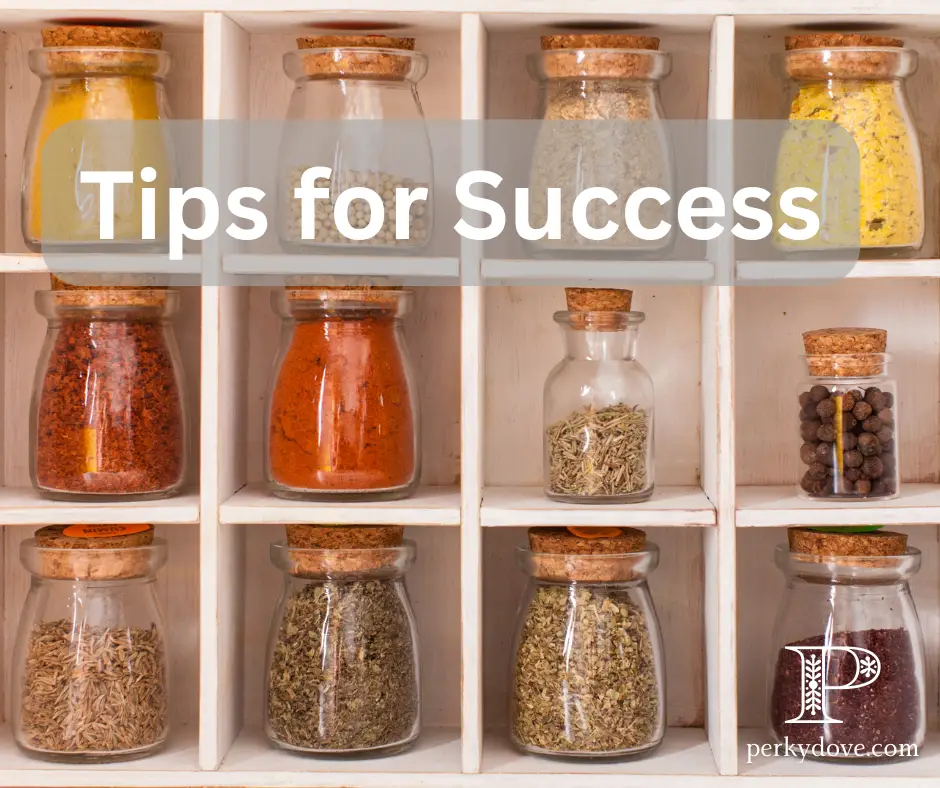
Applications of Freeze-Dried Foods
- In Everyday Cooking: Freeze-dried foods can be easily rehydrated and used in everyday meals. Simply add water and let the food rehydrate for a few minutes before using it in
recipes . - Emergency Preparedness: Freeze-dried foods are a cornerstone of any emergency preparedness plan. Their long shelf life and compact storage make them ideal for stockpiling.
- Gifts & Specialty Items: Freeze-dried fruits and vegetables can be used to create unique, healthy gift items, such as homemade trail mixes or smoothie packs.
Conclusion
Freeze-drying is an invaluable method for preserving food, offering benefits that extend well beyond traditional canning or dehydrating. Whether you’re preparing for an emergency, looking to reduce food waste, or simply want to enjoy your garden’s harvest year-round, freeze-drying is a skill worth mastering. Start small, experiment with different foods, and soon you’ll have a pantry full of nutritious, long-lasting meals ready for any situation.
Being prepared for potential food shortages is more critical than ever. Start by downloading our FREE Emergency Supplies Checklist to ensure you have everything you need. Don’t wait until it’s too late—secure your family’s future today!”
